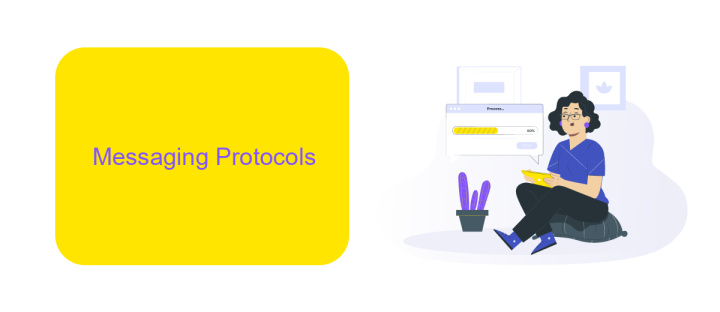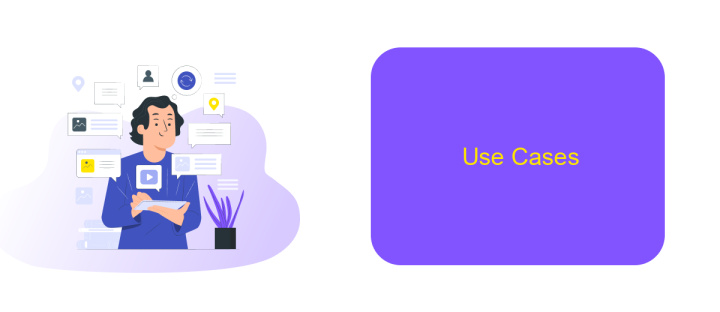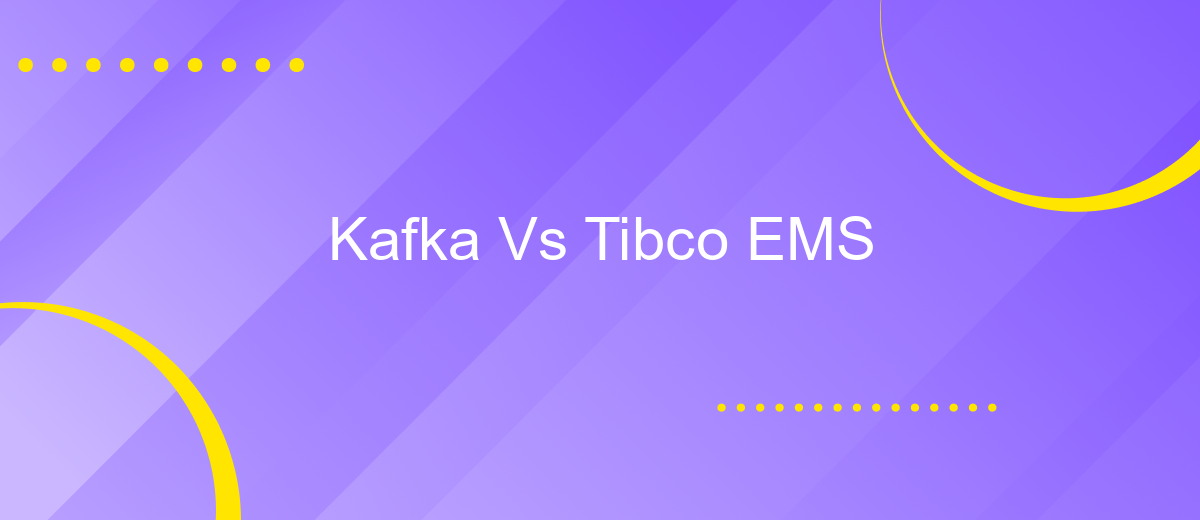Kafka Vs Tibco EMS
In today's fast-paced digital landscape, reliable and efficient messaging systems are crucial for seamless data integration and real-time processing. This article delves into a comparative analysis of Apache Kafka and TIBCO Enterprise Message Service (EMS), two leading messaging platforms. By examining their key features, performance, and use cases, we aim to provide insights to help you choose the best solution for your enterprise needs.
Introduction
In today's fast-paced digital landscape, businesses require robust and efficient messaging systems to handle their data streams and ensure seamless communication between applications. Two prominent players in this space are Apache Kafka and TIBCO Enterprise Message Service (EMS). Both offer unique features and capabilities, making the choice between them crucial for organizations aiming to optimize their data infrastructure.
- Apache Kafka: An open-source stream-processing platform designed for high-throughput and low-latency data handling.
- TIBCO EMS: A proprietary messaging middleware solution known for its reliability and comprehensive enterprise features.
Choosing the right messaging system depends on various factors such as scalability, ease of integration, and specific business requirements. Services like ApiX-Drive can simplify the integration process, ensuring that businesses can seamlessly connect Kafka or TIBCO EMS with their existing systems. By leveraging such tools, organizations can enhance their operational efficiency and focus on delivering value to their customers.
Messaging Protocols

When comparing Kafka and Tibco EMS, one of the key aspects to consider is their messaging protocols. Kafka utilizes a distributed streaming platform that relies on a publish-subscribe model, which allows for high throughput and scalability. It uses a binary protocol over TCP, ensuring efficient data transfer and low latency. Kafka's protocol is designed to handle large volumes of data and supports real-time processing, making it ideal for big data applications and event-driven architectures.
On the other hand, Tibco EMS employs the Java Message Service (JMS) protocol, which is a widely adopted standard in enterprise messaging. JMS provides a robust and flexible framework for message-oriented middleware, supporting both point-to-point and publish-subscribe messaging models. Tibco EMS is known for its reliability and strong transactional capabilities, making it suitable for critical business applications. For those looking to integrate these systems with other applications seamlessly, services like ApiX-Drive can be invaluable. ApiX-Drive offers easy-to-use tools for setting up integrations and automating workflows, ensuring smooth communication between Kafka, Tibco EMS, and other platforms.
Features and Capabilities

When comparing Kafka and Tibco EMS, it's important to consider their distinct features and capabilities. Both platforms offer robust messaging solutions but cater to different use cases and requirements.
- Scalability: Kafka is renowned for its high throughput and horizontal scalability, making it ideal for handling large volumes of data. Tibco EMS, while scalable, is generally more suited for smaller to medium-sized deployments.
- Performance: Kafka excels in real-time data streaming with low latency, whereas Tibco EMS provides reliable message delivery with comprehensive transaction support.
- Integration: Kafka offers seamless integration with various data sources and sinks through its Connect API. Tibco EMS integrates well with enterprise applications but may require additional configuration. Tools like ApiX-Drive can simplify these integrations by automating data transfers between systems.
- Durability: Kafka ensures data durability through distributed log storage, whereas Tibco EMS uses persistent queues for message retention.
- Community and Support: Kafka has a large open-source community and extensive documentation. Tibco EMS, being a commercial product, offers dedicated support and comprehensive service-level agreements.
In summary, Kafka is an excellent choice for high-volume, real-time data streaming needs, while Tibco EMS is better suited for reliable, enterprise-grade messaging. The choice between the two will largely depend on your specific requirements and infrastructure.
Use Cases

Apache Kafka and Tibco EMS serve distinct use cases tailored to different business needs. Kafka excels in real-time data streaming and event-driven architectures, making it a go-to for applications requiring high throughput and low latency. On the other hand, Tibco EMS is renowned for its reliability and robust message queuing, making it ideal for enterprise-level applications that prioritize transactional integrity and secure messaging.
When considering integration solutions, services like ApiX-Drive can play a crucial role. ApiX-Drive simplifies the process of connecting various applications and automating workflows, allowing businesses to leverage the strengths of both Kafka and Tibco EMS effectively.
- Real-time Analytics: Kafka is perfect for use cases involving real-time analytics, such as monitoring financial transactions or tracking user behavior in real-time.
- Enterprise Messaging: Tibco EMS is ideal for secure, reliable messaging in banking, healthcare, and other sectors where data integrity is critical.
- Hybrid Integration: Combining Kafka's streaming capabilities with Tibco EMS's reliability using tools like ApiX-Drive can create a robust hybrid integration solution.
In summary, the choice between Kafka and Tibco EMS depends largely on the specific requirements of your use case. By leveraging integration services like ApiX-Drive, businesses can optimize their workflows and achieve a seamless integration of both platforms.
Conclusion
In conclusion, both Kafka and Tibco EMS offer robust solutions for messaging and data streaming, each with its own strengths and suitable use cases. Kafka excels in handling high-throughput, real-time data streams and is ideal for scalable, distributed systems. On the other hand, Tibco EMS provides reliable, enterprise-grade messaging with strong support for transactional integrity, making it a solid choice for financial services and other industries requiring stringent data consistency.
Choosing between Kafka and Tibco EMS ultimately depends on your specific requirements and existing infrastructure. For organizations seeking seamless integration and automation, tools like ApiX-Drive can simplify the process by connecting various services and automating workflows. This can help bridge the gap between different systems, ensuring smooth data flow and operational efficiency. By carefully evaluating your needs and leveraging the right tools, you can implement a messaging solution that best supports your business objectives.
FAQ
What are the primary differences between Kafka and Tibco EMS?
Which one is better for real-time data streaming?
Can Kafka and Tibco EMS be integrated together?
What are the typical use cases for Kafka?
How can I automate and streamline the integration process between Kafka and Tibco EMS?
Time is the most valuable resource for business today. Almost half of it is wasted on routine tasks. Your employees are constantly forced to perform monotonous tasks that are difficult to classify as important and specialized. You can leave everything as it is by hiring additional employees, or you can automate most of the business processes using the ApiX-Drive online connector to get rid of unnecessary time and money expenses once and for all. The choice is yours!

